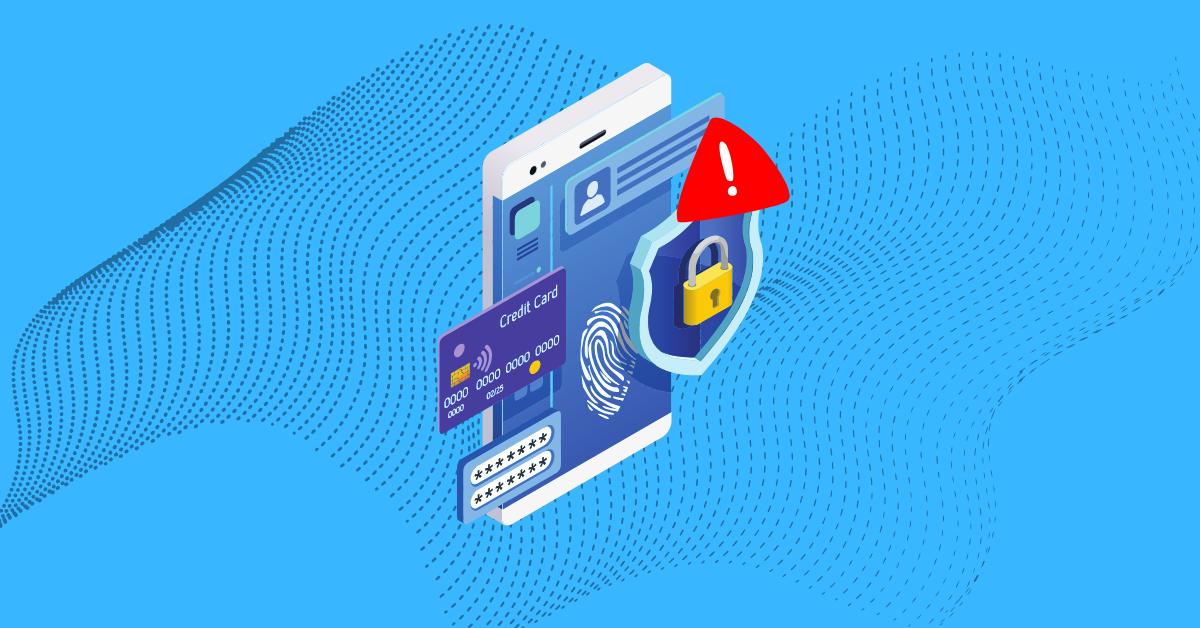

In 2021, the hyperconnectivity market was valued at $319.4 billion. By 2031, it’s expected to expand to $2.2 trillion. In fact, according to Forbes, the motto of the future is “anything that can be connected will be connected.”
From a user standpoint, this hyperconnectivity seems like a great thing. Users have information at their fingertips, advertisements are personalized to their needs, collaboration can happen from anywhere, and services and resources are accessible in new ways.
From a cybersecurity standpoint, hyperconnectivity presents major challenges. With data being exchanged continuously, the attack surface constantly becomes larger. Keeping up with these evolving security vulnerabilities becomes a never-ending battle.
The best way to keep applications secure is to take proactive security measures. Read on to learn more about mobile app security in today’s digital landscape.
Mobile apps are relatively easy to make, cost-effective, and in demand. Research shows that many users prefer apps over websites. However, the result is that the mobile app market is oversaturated. The wellness industry alone boasts over 10,000 applications. There are a few regulations regarding the creation of mobile apps. As a result, these apps vary widely in both usability and security. Consumers may not know this, but they may use insecure apps already. As they grow used to the personalization and convenience that come from hyperconnectivity, they come to expect it from all apps.
The result is that you have to offer hyperconnectivity to stay competitive in the current mobile app landscape. However, hyperconnectivity has its drawbacks. The more avenues of connection you offer, the larger the attack surface is. This expanding attack surface can leave your app vulnerable to attacks. Comprehensive security measures are the only way to effectively address this evolving threat landscape.
There are more than a billion mobile app security breaches each year. The most common breaches (around 60%) are caused by hacking or unauthorized access.
The most significant risk to mobile app security is the expanding attack surface. As hyperconnectivity becomes the norm, mobile apps can become increasingly vulnerable to threats, including:
These threats can be compounded if app developers don’t follow security best practices. Weak server-side controls, for example, or improper application monitoring, can cause security issues to spiral. Unfortunately, the trend to push products out quickly can lead to app developers cutting corners. Companies may take on technical debt to make apps profitable in the short term, which can come at the expense of long-term application security.
Mobile app security breaches are not a victimless crime. Depending on the type of data your app collects, security breaches could have real-world implications for your customers. At a minimum, you’re likely to lose customer trust if you have to report a security breach. Research shows that 74% of customers “would significantly or fundamentally lose trust” in a company if it had a security breach.
If you create apps for specific industries, such as the healthcare or educational sectors, the implications of a data breach could be even more significant.
To prevent the loss of customer trust and potential liability issues, spending time implementing mobile app security best practices is a good idea. These best practices should help secure the expanding attack surface. Top mobile app security best practices include:
Static application security testing (SAST) is one form of early security testing that development teams can leverage to improve applications before launch. This form of testing is especially helpful because it identifies security vulnerabilities and weaknesses in the source code of an application without you having to execute the code first. This makes it a significant first step whenever your team changes application codes.
SAST has two major benefits. The first is that it tests software code before it goes to launch. This allows teams to address potential vulnerabilities as early as possible—before real-world repercussions. The second benefit of SAST is that it helps developers become more mindful of code vulnerabilities during the development process. This can help lead to more secure code down the road as well.
The key to modern app security lies in expanding application protections. With the attack surface getting larger daily, security measures also need to become more robust. Developers need a comprehensive security strategy with a strong SAST platform, frequent testing, and continual education on new and emerging cyber threats. End-to-end security platforms like Kiuwan can empower your team, helping you identify and remediate vulnerabilities throughout development. Request a demo and begin scanning your code for vulnerabilities.


